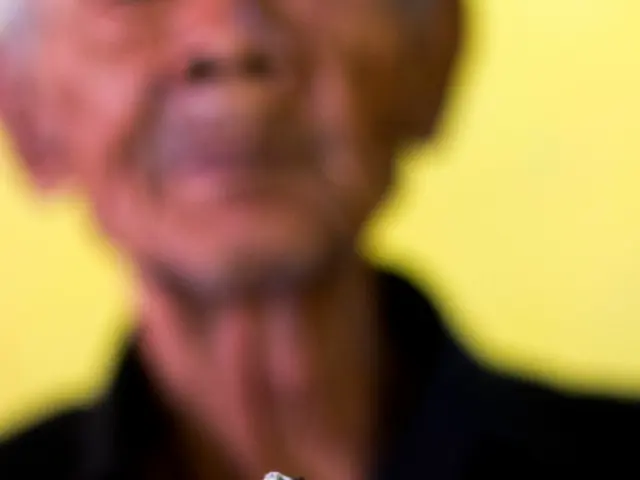A comprehensive guide on Omikuji, the Japanese fortune slips and their significance.
Omikuji: The Fortune Slips that Predict and Guide in Japanese Culture
Visitors to Japanese shrines and temples may come across small paper strips called Omikuji, which offer predictions or advice for the individual seeking their fortune. Shrines and Buddhist temples across the country offer these fortunes year-round, but they are particularly popular during New Year's visits and other significant events.
Omikuji are deeply rooted in Japanese culture, serving as a spiritual consultation and a lighthearted cultural experience. The practice is thought to provide forecasts on matters such as love, health, business, and overall fortune, along with practical advice for the future.
During the ritual, individuals typically make an offering before drawing their fortune. A wooden box with numbered sticks is usually used; the number on a selected stick corresponds to a box or slot from which an omikuji paper is retrieved. The fortune contained within the paper may range from "great luck" to "bad luck," with many omikuji offering detailed advice for various aspects of life.
If the fortune is considered unfavorable, it is traditional to tie the omikuji paper to a designated tree or frame at the shrine or temple, a practice known as kami wo musubu. This act is thought to bind the bad luck to the holy site, preventing it from following the individual.
The distribution of fortunes may vary between temples and shrines, but the core practice remains similar across Japan. Some temples follow the ancient Kannonhyakusen method, in which about 30% of omikuji are considered "bad." Omikuji serve as a means of seeking blessing or guidance from the kami or Buddhas, making them particularly popular during New Year’s visits or other important life events.
The spiritual connection between humans and the spiritual world is highlighted in the omikuji ritual, emphasizing harmony as taught in Shinto belief. Engaging in this traditional practice offers visitors a unique opportunity to immerse themselves in Japanese cultural customs while seeking guidance on life's various journeys.
Kimono rental shops at festivals often see increased business during Japanese cultural events, as visitors seek to fully immerse themselves in the traditional lifestyle.
Sumo tournaments, an integral part of Japanese entertainment and history, are often held around the same time as significant cultural festivals.
Travelers searching for opportunities to learn more about Japan's rich history and religion should consider visiting historical sites, such as temples, where omikuji can be found and consulted.
The practice of tying unfavorable omikuji papers to trees or frames is commonly seen at sumo arenas, as spectators seek to leave their bad luck behind and focus on the exciting entertainment ahead.








